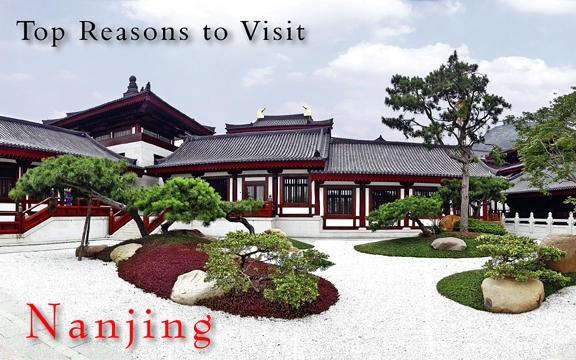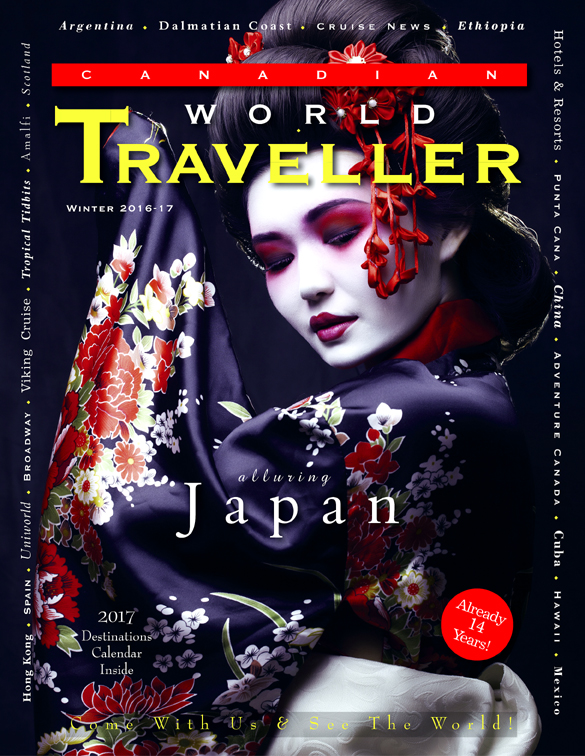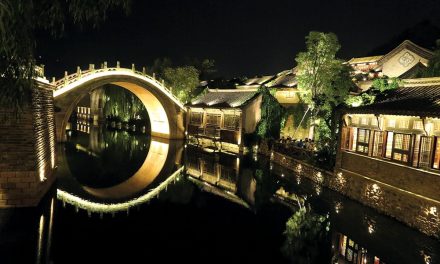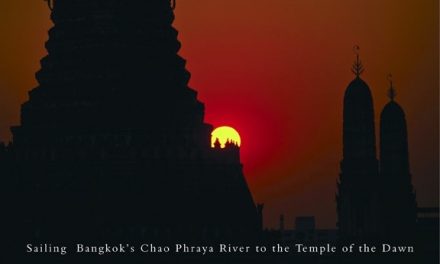China
Top Reasons to Visit Nanjing
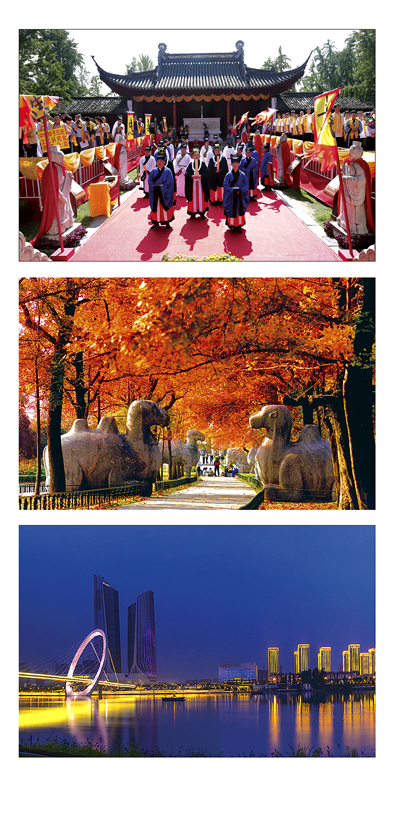
The city of Nanjing has played a significant role in the history and development of China, having served as the country’s capital on 10 occasions since ancient times. Today, Nanjing’s historical sites seamlessly meld with modern architecture, sophisticated cultural attractions, and a cosmopolitan vibe, offering travelers a perspective on China beyond the traditional tourist route. Nanjing is incredibly accessible by high speed rail via a 90-minute trip from Shanghai and a three and a half hour trip from Beijing.
A few of the not-to-be-missed attractions and events in Nanjing include:
Qinhuai Scenic Area and the Confucius Temple
The Qinhuai River, known as the “Mother River” of Nanjing, is the focal point of the city’s cultural center and home to its Confucius Temple. On the temple grounds, visitors can explore the Jiangnan Imperial Examination Hall, Dacheng Hall, which features the largest figure of Confucius in China and a collection of 38 panels made with jade, gold, and silver that detail his life, and the former residences of Wang Xie and Li Xiangjun, which provide a look into the lives of several of Nanjing’s significant historical figures. While in the scenic area, visitors can take a leisurely river cruise, admiring the sights while enjoying tea and local snacks.
Xiaoling Tomb of the Ming Dynasty
The mausoleum of the Ming Dynasty’s founding emperor, Zhu Yuanzhang, and his wife Ma, is one of the largest imperial tomb complexes in China. The most iconic part of the 600-year-old UNESCO World Heritage Site is the half-mile long Sacred Path, along which four pairs of stone warriors and 12 pairs of mythical creatures play guard to the deceased emperor.
Nanjing City Wall
Emperor Zhu Yuanzhang, the founder of the Ming Dynasty, ordered the building of this historic landmark to protect Nanjing from invaders during its time as the capital from 1368 to 1421. The original wall was nearly 22 miles long and was considered to be one of the longest city walls in the world. Today, approximately 15.5 miles are still intact, and six sections are open to the public.
The Presidential Palace
This massive compound dates back more than 600 years, when it originally served as the residence of a Ming Dynasty official. The palace played a particularly important role in provincial history during the 19th Century such as being the grounds where Chinese revolutionary Sun Yat-sen was declared the first provisional president of the Republic of China on January 1, 1912 and serving as the headquarters for successor Chiang Kai-shek’s Kuomintang government from 1946 to 1949.
Dr. Sun Yat-sen’s Mausoleum
The mausoleum of Dr. Sun Yat-sen (1866-1925), the father of the Republic of China, is a site of deep historical significance, magnificent architecture and beautiful scenery located at the Zhongshan Scenic Area in Purple Mountain. Covering nearly 20 acres, the lush scenic is a tribute to the noble spirit and heroic efforts of Dr. Sun Yat-sen’s devotion to the Chinese people and their fight for independence.
Xuanwu Lake Park
Just a few steps away from the commercial thoroughfares of downtown Nanjing, this former imperial lake garden ushers city dwellers from the urban hustle and bustle into a peaceful haven of weeping willows, arch bridges, paddle boats, and visually stunning flowers. The park showcases a distinct color for every season: pink cherry blossoms in spring, emerald lotus leaves in summer, golden ginkgos and red maples in autumn, and snow-covered pines in winter.
Grand Bao’en Temple
This newly opened archeological site and museum on the south bank of the Qinhuai River exhibits the history of the Grand Bao’en Temple (also known as the Porcelain Tower), a Ming Dynasty era pagoda that was considered one of the Seven Wonders of the Medieval Age. The temple’s re-construction was funded by Chinese businessman Wang Jianlin with what is reported to be the largest single personal donation ever made in China.
Nanjing Niushoushan Cultural Park
Nanjing Niushoushan Cultural Park, which opened in late 2015, was established to collectively exhibit and preserve the cultural treasures of Niushou Mountain – a centuries-old sacred Buddhist site in southern Nanjing. The park consists of an opulent and meticulously detailed Buddhist palace built into the side of the mountain which spans six floors underground; the Pagoda of Hongjue Temple; and the Tang-style Usnisa Pagoda nestled in the trees. Also located in the park is Usnisa Temple, a hillside monastery complex made up of two sections – a southern district with monks’ living and dining quarters and a northern district for prayer and worship. The temple has seven distinct halls, including a meditation hall for up to 300 people.
Sifang Art Museum
Opened in 2013, the Sifang Art Museum allows visitors to experience the very best of contemporary architecture, design, and art in a lush forest setting. Designed by New York architect Steven Holl, the Sifang Art Museum was launched by real-estate developer Lu Jun in response to China’s rapid urbanization. Compelling permanent architecture and rotating curated exhibits are designed to promote public appreciation for contemporary art and architecture in Nanjing.
www.GoToNanjing.com
Click on cover to view published article

